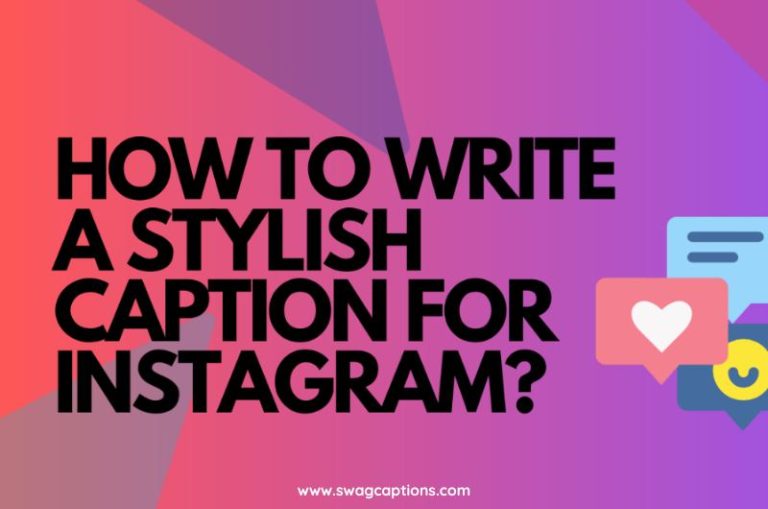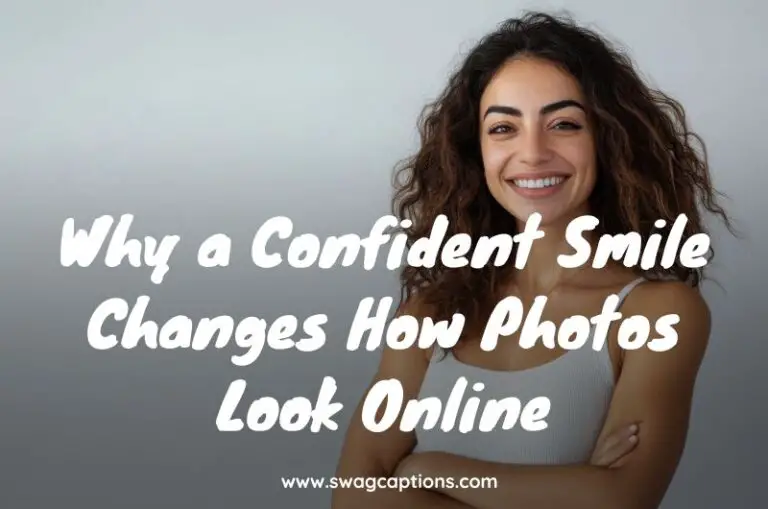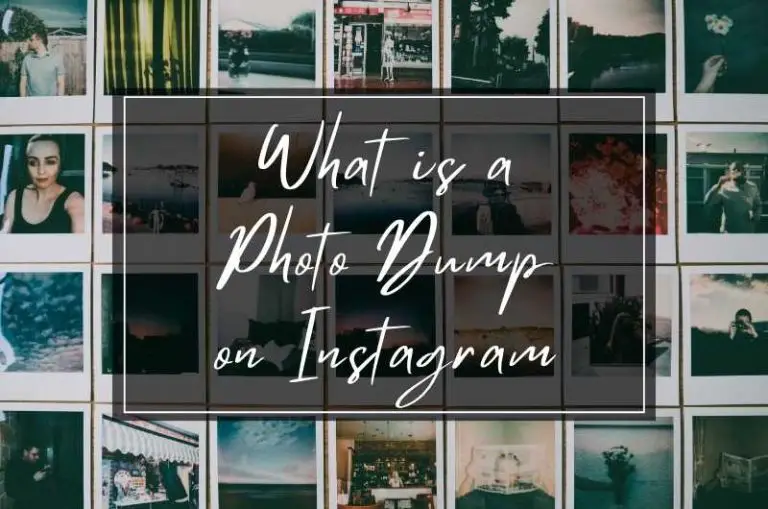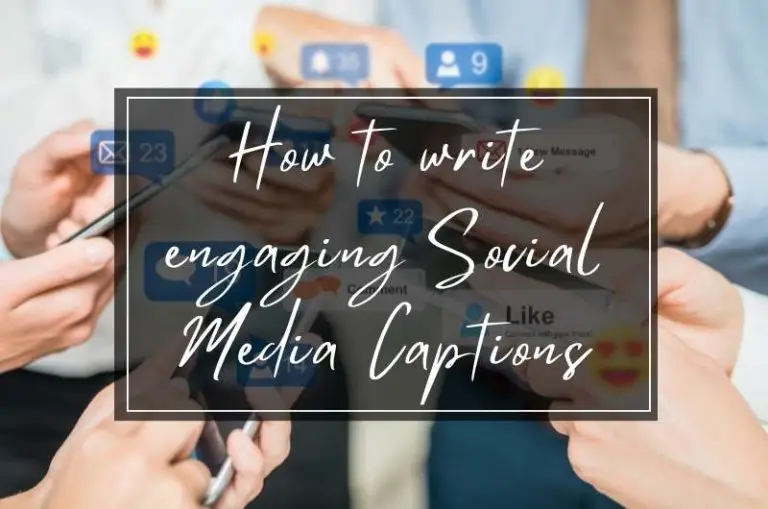Filtered Reality: How Social Media Shapes Beauty Standards and Cosmetic Procedures
Social media has redefined beauty standards. Platforms like Instagram, TikTok, and Snapchat continuously expose users to curated images, setting unrealistic expectations. Filters, editing tools, and influencer endorsements make perfection seem effortless and attainable, fueling the desire for cosmetic procedures.
With the rise of image-driven social platforms, beauty trends evolve rapidly. What was once considered an enhancement for celebrities and models is now accessible to the everyday user. Social media not only influences personal beauty routines but also shapes perceptions of attractiveness on a global scale. Trends like glass skin, fox-eye lifts, and contoured jawlines gain momentum almost overnight, pushing individuals to seek cosmetic procedures to match the aesthetic of their favorite influencers.
Additionally, social media has given rise to a new form of peer pressure—visual validation. Likes, comments, and shares reinforce beauty ideals, making users feel compelled to enhance their appearance to gain approval. As a result, many turn to cosmetic interventions, both invasive and non-invasive, to align with these digital standards.
This shift has led to increased demand for aesthetic treatments, from injectables to laser resurfacing, as people strive to attain the filtered look they see online. While social media has opened up discussions about beauty and self-care, it has also blurred the line between natural enhancement and digitally altered perfection. Understanding the impact of these trends is crucial in making informed choices about beauty and cosmetic procedures.
Table of Contents
The “Instagram Face” Trend: A Digital Aesthetic
A major shift in beauty culture is the rise of the “Instagram face”—a look defined by:
- High cheekbones enhanced with dermal fillers
- Full lips plumped with injections
- A contoured nose refined through rhinoplasty or non-surgical options
- Flawless skin maintained with Botox and laser treatments
This polished aesthetic blends digital enhancements with real-life procedures, increasing demand for aesthetic treatments.
The Social Media Effect on Body Image
Beyond facial aesthetics, social media promotes body image ideals, driving demand for:
- Brazilian Butt Lifts (BBL) to achieve exaggerated curves
- Liposuction and Body Contouring for sculpted physiques
- Breast Augmentation influenced by curated beauty trends
These digitally amplified standards normalize surgical enhancements while creating an illusion of natural beauty.
The Rise of Unrealistic Beauty Challenges
Social media trends continue to reinforce unattainable beauty ideals through viral challenges like:
- #GlowUpChallenge and #10YearChallenge, encouraging users to compare past and present appearances
- Selfie Dysmorphia, where filtered selfies distort self-perception
- Viral Plastic Surgery Trends, such as foxy eyes and lip flips, making beauty modifications mainstream
- Facial Symmetry Obsession, emphasizing perfection despite natural asymmetry being common
The Growing Popularity of Preventative Aesthetics
Preventative aesthetics have gained traction, particularly among younger individuals. Social media promotes early interventions like:
- Baby Botox to prevent fine lines before they form
- Microneedling and PRP Therapy for youthful skin maintenance
- Hydrafacials and Chemical Peels to improve skin texture and brightness
- Preventative Fillers to maintain volume and slow visible aging
This shift turns beauty maintenance into a proactive routine rather than a reactive one.

The Shift Towards Non-Surgical Alternatives
With increasing awareness, many opt for non-invasive or minimally invasive alternatives to traditional plastic surgery, including:
- Thread Lifts for subtle skin tightening
- Laser Resurfacing to enhance skin texture and tone
- Non-Surgical Rhinoplasty using dermal fillers for temporary reshaping
- CoolSculpting for fat reduction without surgery
This trend reflects a growing preference for enhancements with fewer risks and downtime.
However, while non-surgical options offer convenience, some individuals looking for long-term facial rejuvenation consider procedures that provide deeper structural support. A deep plane facelift, for example, repositions underlying facial tissues rather than just tightening the skin, resulting in a more youthful, natural-looking appearance with longer-lasting effects. Those interested in exploring whether this procedure is the right fit can schedule a facelift consultation in Fort Worth to discuss their options with a specialist and receive personalized recommendations.
The Role of Social Media Algorithms in Beauty Trends
Social media algorithms play a major role in reinforcing beauty trends. By promoting content that aligns with popular aesthetic ideals, these algorithms contribute to the rapid spread of beauty standards.
- Echo Chambers of Beauty Content – Platforms prioritize content that users engage with, making it more likely for them to see similar beauty trends repeatedly.
- Increased Exposure to Cosmetic Procedures – Posts showcasing transformations, before-and-after images, and plastic surgery experiences become highly visible.
- Psychological Reinforcement – Continuous exposure to digitally curated beauty can heighten dissatisfaction with one’s natural features, subtly influencing individuals to consider cosmetic enhancements.
The Rise of Cosmetic Tourism Due to Social Media Influence
Social media has also fueled the rise of cosmetic tourism, where individuals travel abroad to undergo plastic surgery. Influencers frequently document their experiences with international cosmetic procedures, enticing followers with:
- Lower Costs Compared to Domestic Clinics
- Access to Highly Specialized Surgeons in Certain Regions
- Bundled Vacation and Surgery Packages
While cosmetic tourism can provide affordability and quality, it also comes with risks, such as varying medical standards, post-surgery complications, and difficulties in follow-up care.
The Ethical Responsibility of Plastic Surgeons
As the demand for cosmetic procedures grows, plastic surgeons are now facing ethical dilemmas. Many professionals emphasize the importance of:
- Conducting psychological screenings to identify patients suffering from Body Dysmorphic Disorder (BDD).
- Educating patients on realistic expectations and risks associated with procedures.
- Encouraging body positivity rather than solely profiting from insecurities.
- Promoting responsible marketing that does not exploit trends created by filters and social media.
A responsible approach ensures that individuals undergo procedures for the right reasons rather than as a result of external pressures.
Psychological Pressures: The Burden of Perfection
Social media’s influence extends beyond aesthetics, affecting mental well-being. Studies highlight that:
- Excessive social media exposure correlates with low self-esteem and body dissatisfaction.
- Unrealistic beauty standards contribute to Body Dysmorphic Disorder (BDD).
- A culture of perfection pressures individuals into impulsive cosmetic surgery decisions.
The Role of AI and Augmented Reality in Cosmetic Trends
AI-driven beauty apps and augmented reality filters influence cosmetic trends by:
- Fueling demand for specific aesthetic procedures that match digital enhancements
- Driving virtual consultations, letting users preview results before committing
- Raising ethical concerns about self-image distortion and unrealistic expectations
As AI advances, balancing its benefits with ethical considerations will be crucial in shaping future beauty standards.
How Social Media Shapes Beauty Norms Across Cultures
Social media’s impact on beauty standards varies globally:
- Western Influence on Asian Beauty Trends, increasing demand for double eyelid surgery and jawline contouring
- Latin American Influence on Curvaceous Body Ideals, popularizing hourglass figures and BBLs
- Middle Eastern Trends in Cosmetic Enhancements, such as rhinoplasty and lip augmentation
Making Informed Cosmetic Surgery Decisions
Before undergoing cosmetic procedures influenced by social media, consider:
- Conducting Thorough Research – Understand the procedure, risks, and outcomes; consult only board-certified surgeons.
- Setting Realistic Expectations – Surgery cannot replicate digitally edited images.
- Avoiding Impulsive Decisions – Enhancements should be deliberate, not reactions to fleeting trends.
- Prioritizing Mental Well-being – Seek professional guidance for body image concerns if needed.
The Future of Beauty in a Digitally Dominated World
As beauty standards evolve, there’s a growing movement toward body positivity and authenticity. More influencers and users are pushing back against digitally manipulated ideals, advocating for transparency in beauty culture.
However, the challenge remains in balancing self-expression and self-acceptance. While some view cosmetic procedures as empowering, others argue they reinforce unattainable beauty norms. The conversation around aesthetic choices needs to shift toward informed decision-making rather than external validation.
Looking ahead, technology and social awareness will continue shaping beauty standards. Ethical marketing, mental health advocacy, and education on aesthetic treatments will play critical roles in guiding individuals toward healthier self-image perceptions. Ultimately, the future of beauty lies in embracing diversity and redefining what it means to be truly confident in one’s own skin.

Serena Hansen is the creative genius behind the captivating Instagram captions at Swag Captions. As the lead author and content creator, she brings her unique blend of creativity, wit, and insight to every caption, making Swag Captions a go-to destination for those seeking clever and relatable content for their social media posts. Her role at Swag Captions is not just about crafting captions; it’s about curating an experience that resonates with readers and helps them express themselves authentically in the digital world.





